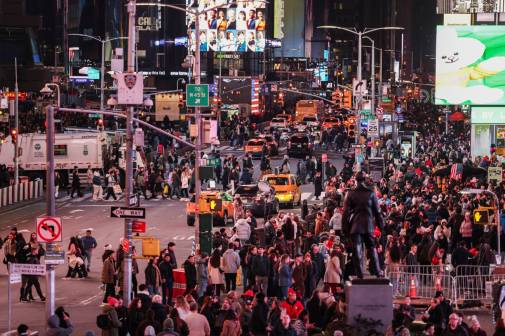Energy, ‘smart government’ projects comprise bulk of smart city efforts, report shows

Energy and smart government dominate the project types undertaken in the fast-growing field of smart city technology and the Internet of Things industry, according to a report published by Navigant Research Thursday.
Identifying more than 250 projects from 178 cities around the world, the quarterly Smart City Tracker report notes that as smart city projects grow in number and mature, they become more tightly integrated with government services, but challenges persist.
And the market is growing fast — globally, the smart city solutions and services space is expected to grow from about $40 billion in 2017 to nearly $98 billion by 2026, the report found.
Despite growth, cities still have “a long way to go,” said Navigant analyst and report author Christina Jung in an email to StateScoop. At the heart of this technology transformation within government are devices delivering real-time data and analytics that make sense of the data, she said.
Silos remain government’s biggest challenge to embracing innovation.
“Cities need higher levels of interdepartmental coordination, especially the inclusion of IT experts to future proof systems and infrastructure,” Jung said.
The top concern for government IT leaders, she added, are the cybersecurity and interoperability challenges surrounding IoT.
While a relatively small number of transportation projects were the primary focus of all smart city efforts, transportation was found to be a pervasive issue. In about half of all projects, it was a primary, secondary or tertiary concern. A guide released in February from the Intelligent Transportation Society of America called for increased cooperation between departments to ensure that cities do not pile onto the silo problem.
Just this month, Pittsburgh officials noted that their pursuit of connected vehicles and infrastructure could be at risk if agencies don’t update their thinking to put people before technology.
Ultimately, the main drivers of IoT and smart city growth in state and local government is executive support and overall technological development and lowered costs, Jung said.
In a project deployed under the Obama administration, for instance, the City of Columbus received $140 million in funding as winner of the U.S. Department of Transportation’s Smart City Challenge.
At the state level, Illinois is driving smart city development through its Smart State initiative, which most recently has led to a smart street lighting initiative that leverages buying power to make new technologies more affordable for smaller cities and municipalities.
Globally, Jung said Europe is leading the world with more smart city projects than any other region. Climate change goals and government initiatives are driving progress there, she said.






